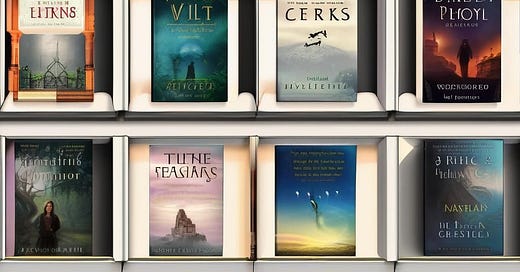Writers: Know Your Genre!
Struggling to place your book in the right genre? Do you know that there are certain rules within genres that you shouldn't break? And what does it mean when you do break them? This might help.
Yes, I can hear those of you already screaming: I don't "do" rules. Or, those who state that art has no rules. Except, that's not true. Art very much does have rules. There are rules of technique in painting and photography – ways to create depths of field through the use of light and shadow, for example. And when it comes to knowing what type of exhibition you might attend at a gallery, the rules of genre come into play. There is a universe of difference between classic and contemporary art or installation art and performance art.
Fiction is the same.
If you intend to write commercially – that is, to be a household name who churns out book upon book of the same type of story – then it will pay you dividends to know the rules of your chosen genre.
Why?


